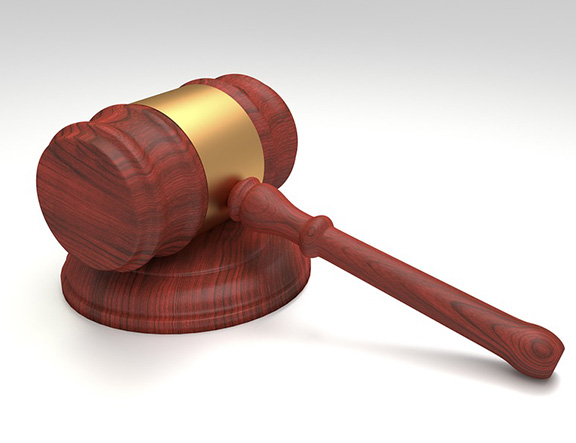Oregon BOE Bans Native American Mascots, Schools Have Until 2017 To Cooperate
http://www.oregonlive.com/politics/index.ssf/2012/05/board_of_education_bans_native.html
Under a new rule that may be the toughest in the nation, at least 15 Oregon schools must get rid of their Native American-themed mascots by 2017 or risk losing state funding.The State Board of Education passed the new policy in a 5-1 vote Thursday afternoon.
“I’m overwhelmed, but I’m holding back on my emotions — I have a meeting to finish,” said board Chairwoman Brenda Frank, a member of the Klamath Tribes. “It’s been a long time coming.”
The decision, in the works for six years, requires schools to eliminate names like “Indians,” “Chiefs” and “Braves.” “Warriors” may stay, but the logos may not reference tribal customs or traditions.
Supporters of mascot bans have long held that the names are racist and encourage students to develop stereotypes. Opponents say a ban will destroy traditions and waste money on purging the mascots from schools in times of tight budgets.
Nationally, there have been various pushes to do away with using race-based mascots for decades. The debate in Oregon schools picked up in earnest in 2006, when Che Butler, a former Taft High School student, brought the issue before the state board.
Butler told The Oregonian at the time that he decided to go to the board after his school played the Molalla High Indians. During the game he saw a student dressed in buckskin and fake feathers performing stereotypical Native American dance moves.
That sort of thing no longer happens at the games, according to Molalla administrators. Nevertheless, the school’s Indian mascot is still present throughout the school. The logo, a profile of a Native American man with a lined face and headdress full of feathers, is displayed on lockers, painted on the gym’s floor and rendered in metal in the courtyard. Arrows help guide visitors through the hallways and drawings of spears decorate the walls. A totem pole and teepee are displayed on the school’s soccer field. During a visit earlier this week, two boys walked through the cafeteria, drumming on an empty water jug and chanting.
The school is — very proudly — “Home of the Indians!!!”
Under the rule, much of this will have to go. “One would assume we can keep the orange and black” school colors, deadpanned Randy Dalton, the Molalla principal.
Much of the resistance to the policy at Molalla and other schools with the mascots comes from two places — money and tradition.
During a time when districts are finding it hard to provide basic services, this will be another strain on their budgets. At Molalla, for example, the school estimated it could cost hundreds of thousands of dollars to trade out the old mascot. In some areas, the school has already started. The word “Indian,” for instance, has already been taken off of uniforms.
“They’ll have to find every little thing,” said Jennifer Satter, a mother of a Molalla High student and a member of the school’s budget committee. “How can this be our top priority? Our kids are suffering.
“There are so many more pressing issues.”
Beyond that, many smaller communities have decades-long connections to the mascots. They argue that they treat them with deep respect.
“I’d be hard pressed to find somebody who would want to bring shame to the Molalla Indian Tribe,” Dalton said. “There’s a lot of tradition here. It’s a very respectful community that wants to do the right thing.”
Some board members seemed to sympathize with the communities’ concerns, but ultimately found research that Native American-themed mascots could be detrimental to the health and safety of students more compelling.
“There’s a collective right that exists here,” said board Vice Chairman Artemio Paz. These sorts of mascots produce “racism and unnecessary bullying. We do not allow that to exist for any of our populations.”
Another member, Samuel Henry, said he’d read at least 25 studies on the topic while he deliberated. “I could not find any research that substantiated the use of those mascots.”
“I understand pride for a team name,” he added, but these names are not appropriate.
Leslie Shepherd, who voted against the ban, said she felt it was selective and, if passed, should also include images like Devils and Saints.
All told, the board received some 750 comments on the new policy, about 400 of which were in favor of the ban. A public hearing on the subject lasted four and a half hours. One staff member said that was the longest hearing on a rule she’s seen.
Some schools have tried to push back by citing support from local tribes, however the National Congress of American Indians, which bills itself as the oldest, largest and most representative organization in the U.S., has passed a resolution against the practice.
Se-ah-dom Edmo, a representative from the Oregon Indian Education Association who attended the meeting, called the board’s decision “historic.”
“As far as its ripple effect in Indian Country — I think it will be great,” she said, calling it the strongest rule in the nation. “I think it’s an important rule for Oregon to claim as its own. I think we should all be proud.”
Edmo testified earlier in the morning before the board voted. She said that initially she didn’t want to have to work on this issue for the association; she has family members who root for teams with Indian-themed mascots. In the end, though, she said she came to understand the importance of the issue. Schools may try to be respectful, but “without realizing it… they are really bargaining for accepted levels of racism.
“Words matter. Images matter. Their history and how they were created matter. The environment that they create matters,” she told the board. “Just as your vote today matters.”







